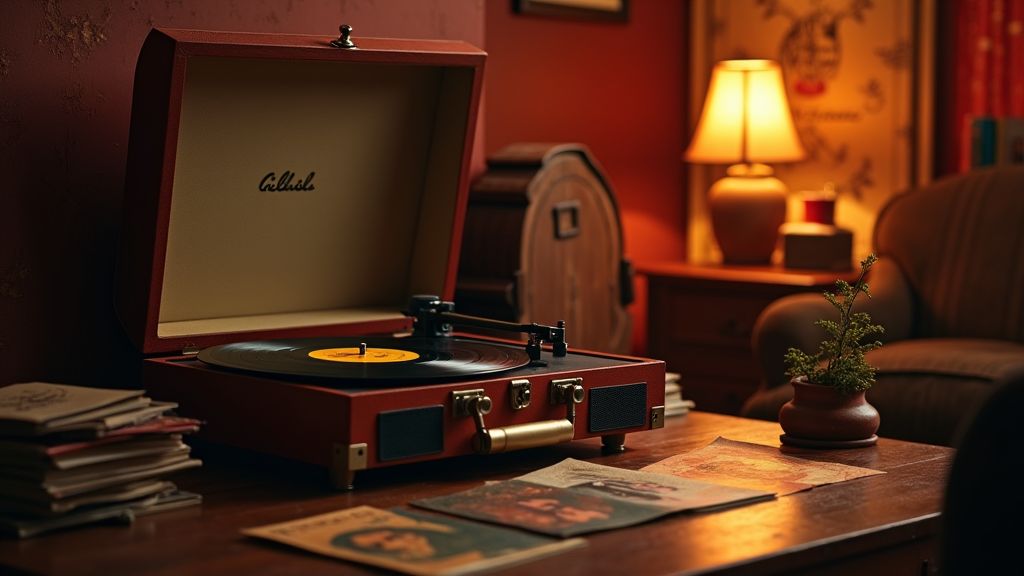The Role of Cinematic Techniques in Music Videos
Have you ever found yourself mesmerized by a music video, not just for the catchy tune, but for the stunning visuals and storytelling? That’s the power of cinematic techniques at play. Music videos have come a long way from simple performance-driven clips to full-fledged cinematic masterpieces that captivate audiences worldwide. Let’s explore the fascinating role that cinematic techniques play in shaping the narratives and aesthetics of music videos.
Evolution of Music Videos
In the early days of music videos, artists primarily relied on straightforward performances in front of the camera. However, with the advent of MTV in the 1980s, music videos started incorporating more elaborate visual storytelling elements. Directors began using cinematic techniques such as lighting, camera angles, and editing to enhance the narrative and emotional impact of the videos.
Importance of Cinematic Techniques
Cinematic techniques play a crucial role in elevating music videos from mere promotional tools to artistic expressions. By incorporating techniques commonly found in feature films, such as tracking shots, close-ups, and visual effects, music videos can create immersive experiences that resonate with viewers on a deeper level. These techniques allow artists to visually convey the mood, theme, and message of their songs in a compelling and visually stunning way.
Notable Examples
One iconic example of cinematic techniques in music videos is Michael Jackson’s ‘Thriller,’ directed by John Landis. The video incorporates elaborate choreography, special effects, and a zombie storyline that plays out like a mini horror film. Another standout is Beyoncé’s ‘Formation,’ directed by Melina Matsoukas, which features powerful imagery, bold visual motifs, and social commentary. These videos demonstrate how cinematic techniques can enhance the storytelling and emotional impact of music videos.
Future Trends
As technology continues to advance, the possibilities for innovative cinematic techniques in music videos are endless. Virtual reality, augmented reality, and interactive storytelling are just a few examples of how artists can push the boundaries of visual storytelling in the digital age. By leveraging these cutting-edge techniques, music videos have the potential to become even more immersive and engaging for audiences worldwide.
Celebrity Influence on Music Video Production
With the involvement of high-profile celebrities, music videos often become major cultural events. Celebrities like Lady Gaga, Taylor Swift, and The Weeknd collaborate with renowned directors and designers, transforming their videos into visually stunning productions that blur the lines between music, fashion, and art. The presence of celebrities not only attracts more viewers but also raises the bar for production quality and storytelling, making each release a highly anticipated event.
Music Videos as Cultural Statements
In recent years, many celebrities have used music videos as platforms for cultural and social commentary. Videos like Childish Gambino’s ‘This is America’ and Kendrick Lamar’s ‘Alright’ tackle issues such as racial inequality and social justice, using powerful imagery to engage viewers on a deeper level. Through these visual statements, celebrities can inspire conversations and bring attention to important societal topics, illustrating the influence that music videos have on contemporary culture.
Impact on Celebrity Branding
Music videos are integral to building a celebrity’s brand and image. From Rihanna’s edgy style to Billie Eilish’s dark aesthetic, music videos allow artists to visually express their personas and connect with fans. Each video can reinforce or redefine a celebrity’s image, making them not just musicians but style icons and trendsetters. This branding power further solidifies the role of music videos in the celebrity ecosystem, where visual storytelling is key to maintaining a strong fanbase.
Fan Engagement and Social Media
Today, social media platforms amplify the reach and impact of music videos, allowing celebrities to engage directly with fans. Artists release teaser clips, behind-the-scenes footage, and interactive posts to generate excitement before a video’s premiere. Fans, in turn, share reactions, fan art, and theories, creating a vibrant online community around each release. This engagement not only boosts the popularity of the video but also strengthens the connection between celebrities and their audiences.













